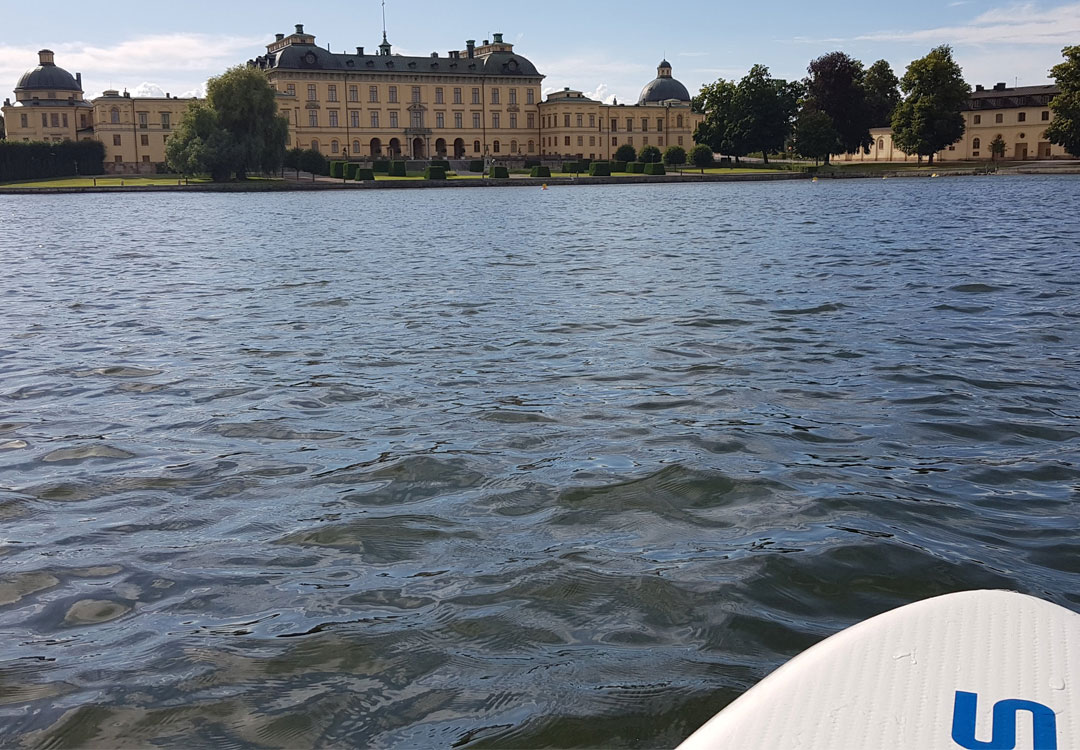
Picture: Drottnigholms Palace in Stockholm
Saving a Great Cormorant in a Lake in Stockholm
As someone who loves water, particularly the sea, I enjoy paddleboarding. Paddleboarding provides me with a sense of peace and freedom. The opportunity to observe the coastline from rivers, lakes, and seas offers a perspective that is unparalleled.
Stockholm has many beautiful lakes where you can paddleboard during its short summer. The eastern part of Stockholm lies on the Baltic Sea and the so-called Archipelago, which is a rugged part of the Baltic coast with many picturesque large and small islands and cliffs, which provides a special pleasure to paddleboard.
One summer, while paddleboarding on Lake Mälaren in the western part of Stockholm, a few hundred metres from the famous Swedish royal castle, Drottningholm Palace, I encountered a large bird that had trapped its leg between two trees in the water next to the shore. It appeared to be exhausted. The distressed animal struggled to break free from the trap, flapping its wings in desperation.
The motion of its wings drew my attention from a distance, so I decided to come closer. Due to dense vegetation along the water, no one from the shore could see it, only me on the paddleboard. I realised that I wouldn't be able to free it on my own. It was August, nearing the end of summer, and about 50 metres from the trapped bird was a beach with approximately ten bathers, mostly young people. I called out to a young guy who agreed to help, and together we managed to free the bird. It was no easy task, considering the bird's size and its evident fear of us. Nevertheless, through our collaborative efforts, we successfully liberated it.
I didn't know what kind of bird it was. I googled it, and I found out that it was a Great Cormorant. The great cormorant is a large seabird, 80-100 cm long. Its wingspan o ranges from 121 to 160 centimetres. Great Cormorant has a sleek black body and a distinctive hooked bill. It has long neck and tail feathers. These birds are expert divers, plunging beneath the water to catch fish with their strong webbed feet. Great Cormorants are often seen resting on rocks or drying their wings after fishing. They can be found in coastal areas and inland waters around the world.

The Great Cormorant



